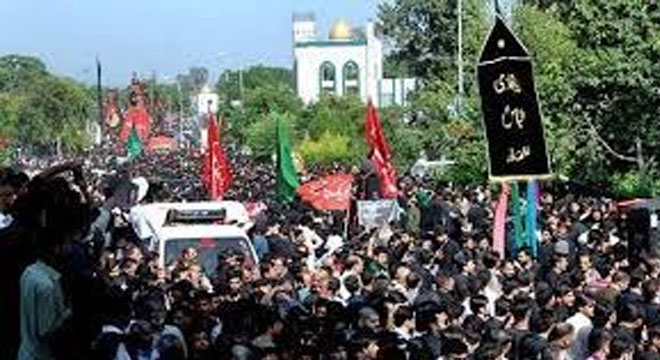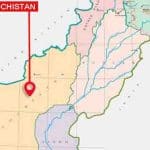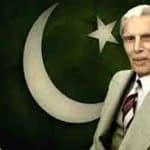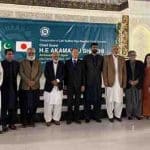ISLAMABAD, Aug 18 (APP):The 9th Muharram was commemorated in the federal capital on Wednesday with much ostentation and tight security as mourning processions were culminated peacefully after passing through from traditional routes.
The processions carrying taziyas or the colorful replicas of Hazrat Imam Hussein’s (RA) tomb were taken out from various areas and the followers mourn aloud the death of Hussein.
The main procession was emerged from Imambargah Asna Ashri G-6/2 at noon.
Various big and small Tazias were also taken out in the federal capital and adjoining Rawalpindi.
Tazias are miniature mausoleums of Karbala, generally made of coloured paper, bamboo, tin foil, mica and glass. These in various shapes and sizes are fashioned every year for the month of mourning, Muharram.
The processions in which mourners were beating their chests and whipping themselves with chains and sharp weapons culminated at their designated route after passing traditional routes.
Ulema and Zakireen highlighted the bright and candid teachings of Hazrat Imam Hussain (R.A.) and various aspects of philosophy of Karbala tragedy.
There were cries of ‘Ya Hussain’ and recitation of marsiyas (elegies) and noha-khwani (poems which express sorrow). Mourners use various objects such as knives, blades attached with chains and other weapons in acts of self flagellation to show solidarity with the martyrs.
Elaborate security arrangements were made by Islamabad capital territory police (ICTP) to avoid any untoward incident during the mourning processions. Heavy contingents of police were deployed along the procession routes.
Sharpshooters were deployed at high rise buildings along the route of the procession.
Some eight walk-through gates were installed at the entry and exit points of the procession. CCTV cameras were also installed to check the entry and exit of people at various points. Bomb Disposal Squad personnel checked all the routes of the procession.
The approach roads leading to Imam Bargahs were sealed off by effective picketing and placing containers.
Sabeels of water, milk and tea were set up along the routes of the processions in remembrance of famine like situation faced by Hazrat Imam Hussain (RA) and his companions.
Muharram is the month of mourning for the seventh-century martyrdom of Hazrat Imam Hussain (RA), the son of Hazrat Ali and the grandson of the Holy Prophet Muhammad (PBUH) during the battle of Karbala (in present day Iraq), by the soldiers of the Caliph Yazid in 680 AD. He had given up his life at Kerbala on the banks of the river Euphrates while resisting anti Islamic forces. His death is seen as a sign of the continuous struggle against oppression.
Scholars say Imam Hussain’s mission was clear, his fight was not for political power alone. He wished to free people from an unjust rule and guide them back to the true path of Islam.
Some scholars have pointed out that the very fact that he chose to journey with women and children on his way to Kufa shows his intent was not to wage war.
“Even when staring certain death in the face, not just his own, but his whole family members, Imam Hussain (RA) refused to bow to what he considered tyranny. He stood steadfast because he knew he was right. His choices show us that to challenge oppression, you need courage of conviction more than armies,” the scholars said.
Historian Safvi says, “There are many lessons to be learnt from Karbala. A few are; how to treat your enemy with mercy and justice (Imam Hussain offering water from his limited stock to Hurr’s army); sabr and tawakkul (patience and faith in God); avoidance of confrontation and at every step trying for peace. However, the biggest lesson from Karbala is the power of right, and to stand steadfast in the battle of right and not bow to a tyrannical ruler, even if martyrdom is the end.”
Follow the PNI Facebook page for the latest news and updates.








